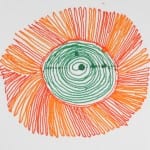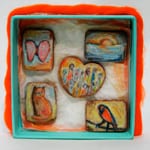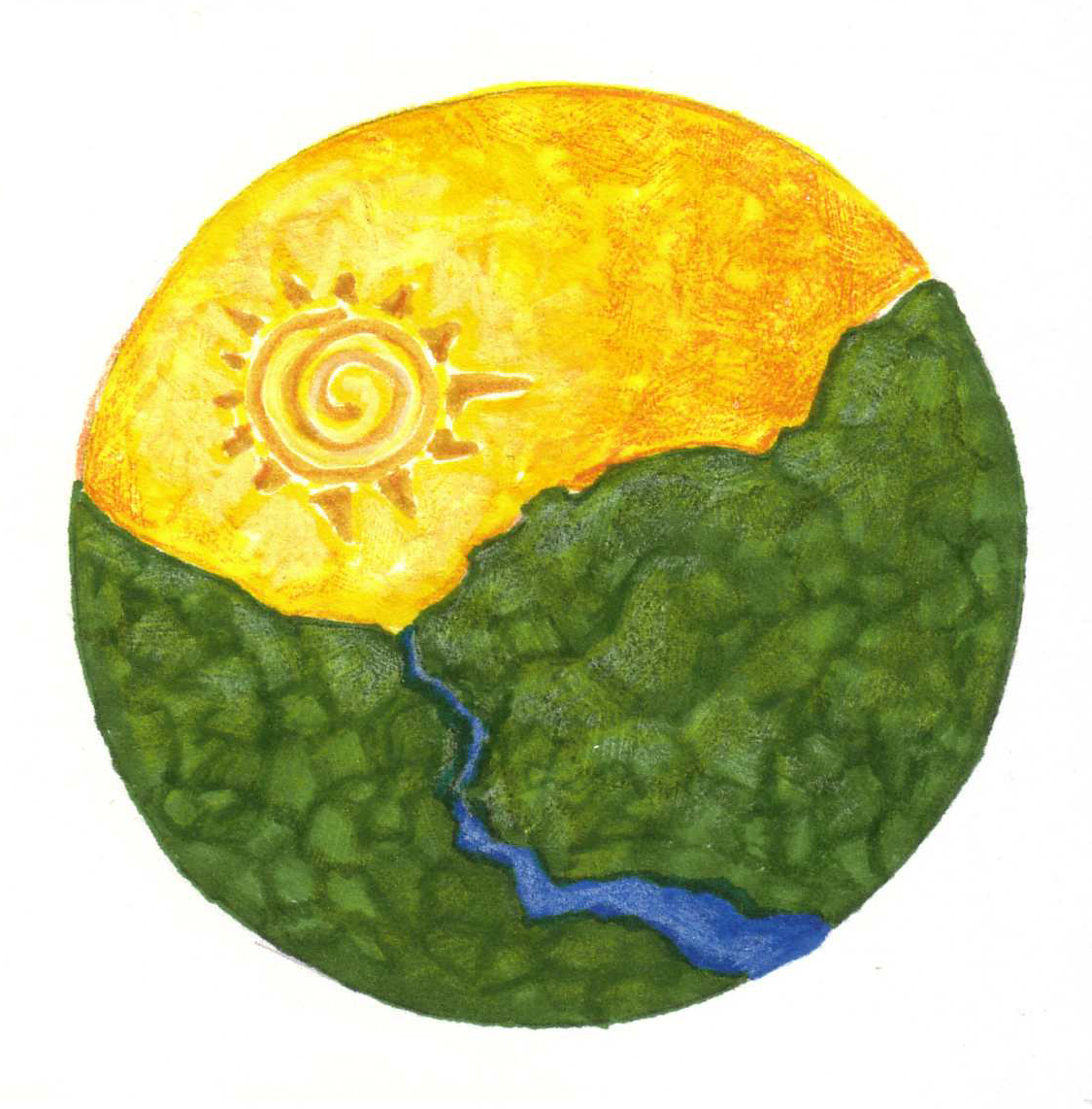CWW art therapists are Licensed, Registered and Board Certified practicing in the field of art therapy for over 30 years.
What Is Art Therapy?
Art therapy, at its simplest, is therapy that uses the special healing properties of making art to help people who are struggling feel better, gain more insight into their lives, and make changes that will impact them in positive ways.
Do You HaveTo Be An Artist To Do Art Therapy?
You don’t have to be an artist or even like art. Most people who come to us for art therapy don’t identify themselves as artists. They might even feel childish at the thought of doing art but, often to their surprise, they find that even in the simplest drawing of stick figures, they learn something new and different about themselves and what they are struggling with. Not only that but once they get past the natural resistance to doing art, which happens surprisingly quickly, they find it both enjoyable, relaxing, and even fun.
More About Art Therapy
Art Therapy involves two dynamic components, both of which can be useful in promoting happiness and wellbeing.

Art as Therapy
The first component of art therapy derives from the practice we call “Art as Therapy”. That is to say that just doing art, in and of itself, is inherently healing. It reduces anxiety and stress. It helps us focus and relax. It helps us access and release feelings that we may otherwise not be able to get out. Focused activities like coloring, throwing clay, or painting, can also induce a state of flow–a sense of being absorbed and fully engaged. In other words, doing art just feels good.
“Art as Therapy” is particularly helpful for people who are experiencing anxiety or stress, who are recovering from loss or trauma, who have difficulty focusing, who are restless an agitated, , who have different learning styles, who are having pressured thoughts or feelings, or who need creative outlets to counter a tendency to be in their heads and over-intellectualize.
Art Psychotherapy
The second component, coined “Art Psychotherapy,” proposes that art serves as means of communicating, that it is a visual language.
Accessing different parts of the brain
Because visual information comes from a different part of the brain that is not censored by language, artwork helps us bypass the limits of what we consciously know and tap into deeper layers of thoughts, beliefs, and feelings. This helps us to revisit our past to find more empowering narratives, to see our current situations more clearly, and, perhaps most importantly, to visualize and move toward a more fulfilling future.
This can be helpful with people who are recovering from trauma, who feel stuck and at a crossroads, or who struggle with negative patterns of thinking and feelings. It provides a tangible representation of our inner world that is then available for exploration and reflection. Even the simplest stick drawings reflect the artist’s personality and speak to his/her unique interests, concerns, and strengths. As a tangible visual reminder, the art work becomes reference for future reflection and a springboard for further exploration.
Combining the Two
Art therapists are trained to master these variables—they have in-depth knowledge of the art process and of the way different artistic materials evoke particular responses and they help clients use the art they’ve made as a tool for insight and exploration. They receive in-depth training in psychotherapy, assessment, and diagnosis, and blend this foundation with their expertise in the creative process.
Positive Art Therapy
We combine the unique attributes of art therapy with the empowering focus of the positive psychology movement, the science of wellbeing. Positive psychology has focused its research into the factors that contribute to and sustain happiness and wellbeing. Positive psychology asks us how can we not just survive but actually flourish and thrive in the face of adversity?
Positive Art Therapy utilizes the creative process to experience more positive emotions such as love, joy, interest, gratitude, and curiosity; to help cope with and even find the benefit of negative thoughts and feelings; to experience more flow and engagement; to identify and develop the strengths that energize us; to experience more connection with others and to overcome barriers to communication; to expand our perceptions and identify meaning and purpose in our lives; to experience more feelings or accomplishment and satisfaction in what we do; to reduce burnout and increase compassion satisfaction; and to build personal, professional, and political cooperation and collaboration with others.

Who Do Art Therapists Work With?
Art therapists work with many different kinds of clients from children, to adults and the older generation. They may specialize in working with people who have experienced trauma, addictions, anxiety, depression, bipolar disorder, confusion or delusional ideation, attention difficulties, failing memory, behavioral problems, developmental delays, etc. They might also work with people who are functionally well and just want to feel happier, more engaged and more satisfied or who want more meaning in their lives. In other words, art therapists work with just about anyone who could benefit from an ally and support.
What You Can Expect As A Client
Because art therapists can be as varied as therapists in general, it’s hard to tell you exactly what an art therapy session will look like but the chances are you will be doing art! What kind of art depends on you, your needs, the therapist, and the supplies at hand.
Some art therapists will give you an instruction which might look something like, “If you were an animal, what would you be?” or “Use color line and shape to capture how you’re feeling”, or “Make a collage of things that make you anxious and things that make you calm”. Other art therapists will have you intuitively create your own images and then explore what you did afterwards.
Usually, some of the session is spent talking about what is on your mind or most important to you at that moment, some time on making art, and the last part on going over what making the art was like and the artwork you made. On the other hand, some clients do their art as “homework” on their own before or after the session and then discuss it when they meet with their art therapist. Other clients, for example people who are tapping into their creativity or using art to relax and be more mindful, might spend most of the session doing art and less time discussing what they made.
The artwork made becomes of body of work that can be really useful to review. It becomes a record of their progress–like snapshots of the therapy process. Clients report that one of the things that was most beneficial to them was seeing the tangible evidence of their development over time.
Many clients want to keep their own artwork but if they don’t, art therapists treat the artwork like a medical record and, per our ethical standards, will keep it safe and confidential for at least 7 years.
How Do Clients Do Art Therapy Online Through Telehealth?
Art therapy works surprisingly well online. Before 2020, very few art therapists, just like therapists in general, were practicing online but with the restrictions to physical content brought on by the Corona Virus, it is now much more common. Usually within the first session, the art therapist will help you determine what art supplies will work best for you and provide you with ways to access those economically.
AT CWW, because the nature of work and personal lives required that we develop our online platform many years ago, we have had opportunities to work through some of the kinks of meeting virtually. In some ways, this is now moot because the world in general is becoming tech savvy whether they like it or not.
As most people are discovering, although meeting online does not provide some of the comfort and reassurance that meeting in person does, it works surprisingly well–including doing art. We have found that it can be helpful to set up a table with just enough space to be able to both make art and position your computer/phone in such as a way as to be able to see you as you are doing so. Clients may occasionally take picture of their artwork as it develops and when it is done and then text/email it to the therapist so he/she can look at it more closely.
Art therapists are required to be trained in and well versed in the ethical issues that online therapy presents and to take steps to ensure that confidentiality and safety is protected as much as possible. That is something that you and your therapist should discuss right upfront when you meet.
Art Therapy in Groups, Workshops, and Corporate Settings
Whether in person or online, art therapy can be especially helpful in groups. Some groups may be more clinical, like a depression or grief and loss support group. Others might be more like workshops focused on creativity or stress management. Art therapy is also used in corporate settings, for example in team building, vision/mission work, brainstorming and problem-solving, and/or leadership development.
Art therapy in groups can jumpstart the warm up process and help identify common interests and concerns. Art therapy can reduce feelings of isolation and disconnection–the artwork provides a bridge for people to identify with and connect with others. Art experientials can be used for ice-breakers and for propelling focused work, innovation and creative thinking.
When looking at the artwork collectively, common visual themes and symbols emerge. That visual language encourages dialogue and collaboration. The artwork can also serve as a record of group process for visual reference. It is ideal for visioning work, in which hopes, aspirations, and goals of the group can literally be visualized and then serve as a tangible record of those intentions and a source of ongoing inspiration.
Art Therapy Training
Art therapists are professionals trained in both art and therapy. They receive in-depth training in psychotherapy, assessment, and diagnosis, and blend this foundation with their expertise in the creative process and the potential for art work to serve as a tool for healing, communication, and insight.
Art Therapists are knowledgeable about human development, psychological theories, clinical practice, spirituality, multicultural and artistic traditions, diversity, and the healing potential of art. They use art in treatment, assessment and research, and provide consultations to allied professionals. Art therapists work with people of all ages: individuals, couples, families, groups and communities. They provide services, individually and as part of clinical teams, in settings that include mental health, rehabilitation, medical and forensic institutions; community outreach programs; wellness centers; schools; nursing homes; corporate structures; employee assistance programs, open art studios and independent practices.
Art Therapy Registration, Certification, and Licensure
A master’s degree is required for entry level practice in art therapy. Minimum educational and professional standards for the profession are established by the American Art Therapy Association, Inc. (AATA) a membership and advocacy organization.
- Registration (ATR) is granted upon completion of graduate education and post-graduate clinically supervised experience.
- Board Certification (ATR-BC) is granted to Registered Art Therapists who successfully complete the national examination demonstrating comprehensive knowledge of the theories and clinical skills used in art therapy.
Many art therapists may also be licensed if they practice in a state that does so, a process which requires further training and continuing education. In addition, many art therapists also hold multiple licenses, i.e. they may be licensed professional counselors as well as licensed art therapists. We at CWW are both licenses as art therapists. Gioia is also a licensed substance abuse counselor.
Is Art Therapy Covered By Insurance?
Art therapy is usually covered when it is provided inpatient (such as in an inpatient psychiatric hospital, geriatric residential facility, or substance abuse treatment). Some insurance companies cover outpatient art therapy services, especially in states where art therapy is a licensed profession. Other insurance companies will cover it as an out of network provider. Art therapists can provide you with the CPT codes for the services they are providing (individual, family, couples, etc.) which you can then submit to your insurance company to determine if they will cover the services. Insurance companies may require a diagnostic code which, if the therapist is in private practice which requires a certain number of years of experience, he/she should be qualified to provide.
Art Therapy Resources
- American Art Therapy Association www.arttherapy.org
- Art Therapy Without Borders www.atwb.org
- Art Therapy Credentials Board www.atcb.org
- The George Washington University Graduate Art Therapy Program www.gwu.edu/~artx/
- Potomac Art Therapy Association www.potomacarttherapy.org
- British Association of Art Therapists www.baat.org
- International Expressive Arts Therapy Association www.ieata.org
- Creative Wellbeing Workshops www.creativewellebingworkshops.com
